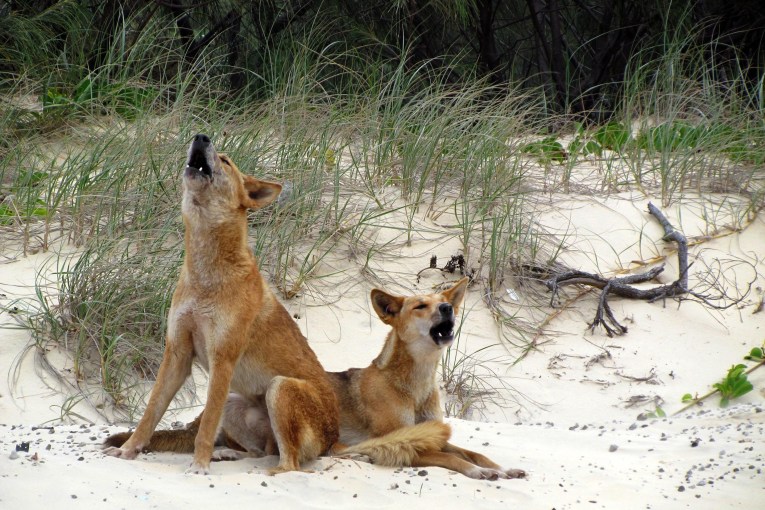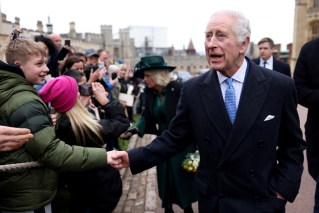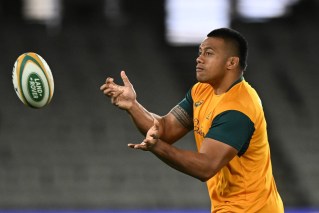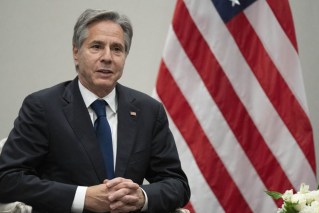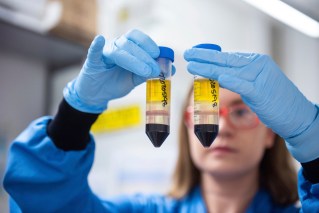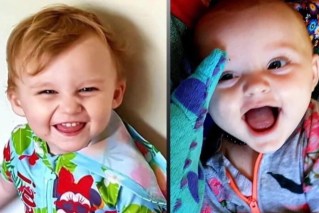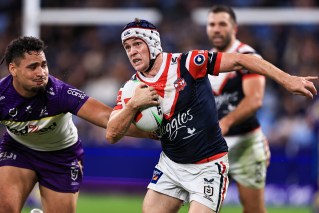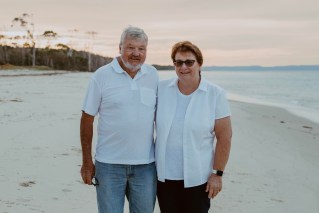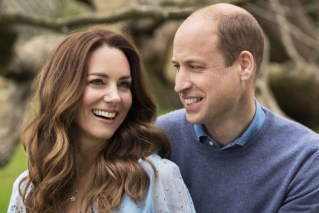State’s unemployment eases but women hit by job losses; tourism ‘extinction’ warning
Queensland’s unemployment rate has dropped to 7 per cent as a huge swag of fulltime jobs were created in the past month, mostly for men.

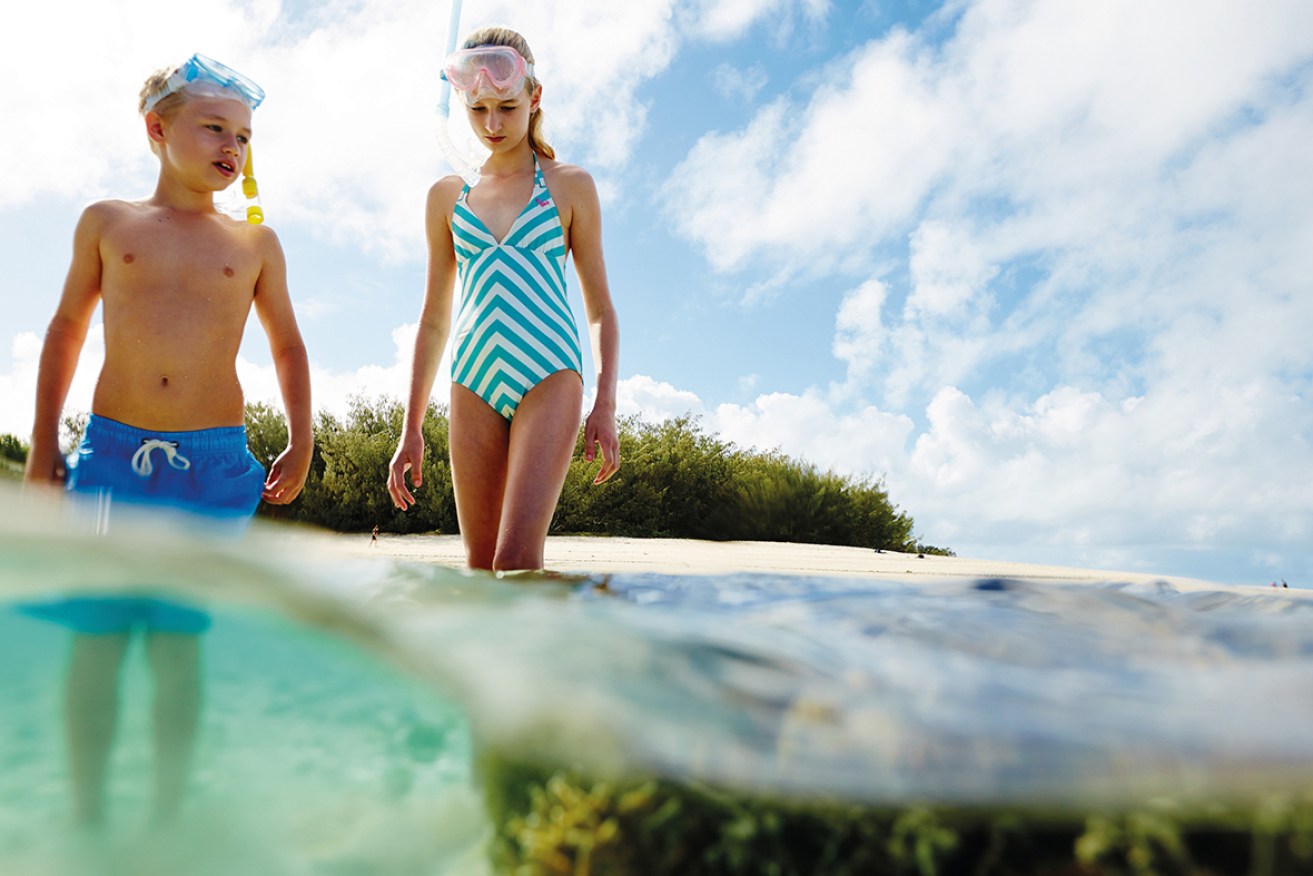
Government-funded school trips to the Reef will help bolster the NQ tourism industry.
The national unemployment rate decreased by 0.2 percentage points to 6.4 per cent.
The Australian Bureau of Statistics data showed that a net 9000 fulltime jobs were created in January in Queensland, but this was offset by a dramatic slump in the labour force as people opted out of the search for jobs. There was also a significant 8000 part time jobs lost.
But in net terms, the number of unemployed people fell by 16,000.
The biggest change in Queensland was for women. The data showed 24,000 women left the labour force in January, offsetting a big surge in jobs created. About 12,000 part-time jobs for women were lost in the month. This was contrasted by an increase in men entering the market who picked up 13,000 fulltime jobs in the month.
The figures were released as a leading tourism body outlined a $7.75 billion recovery plan for the industry in Queensland, which it claims is facing “extinction”.
The head of labour statistics at the ABS, Bjorn Jarvis, said this latest data showed a continued recovery in the labour market into the new year.
“January 2021 was the fourth consecutive monthly rise in employment, as employment in Victoria continued to recover. Nationally, employment was only 59,000 people lower than March 2020, having fallen by 872,000 people early in the pandemic.”
This contrasted with seasonally adjusted hours worked, which declined between December and January (a fall of 4.9 per cent in seasonally adjusted terms), as more people than usual took annual leave over the summer.
“After a tough 2020, more Australians than usual took leave in the first two weeks of January, particularly fulltime workers,” Mr Jarvis said.
“This fall in hours worked is different to the falls across April and May 2020, which resulted from the restrictions in the labour market, rather than people taking leave. However, the number of employed people who worked zero hours in early January in the capital cities also reflects some ongoing effects of recent lockdowns in Sydney and Melbourne.”
The participation rate declined 0.1 percentage points to 66.1 per cent, but remained close to the historical high in December.
The youth unemployment rate remained at 13.9 per cent in January, and the youth participation rate fell 0.2 percentage points to 68.4 per cent.
The underemployment rate fell 0.4 percentage points to 8.1 per cent, the fourth consecutive monthly fall. This was 0.7 percentage points lower than March 2020 (8.8 per cent) and reflected a larger than usual fall in the number of part-time workers who preferred more hours.
The underutilisation rate, which combines the unemployment and underemployment rates, fell 0.6 percentage points to 14.5 per cent, 0.5 percentage points higher than its March 2020 level (14.0 per cent).
The tourism sector is lobbying for a $7.75 billion rescue package designed to save 318,000 jobs when JobKeeper finishes at the end of next month.
The Tourism and Transport Forum has commissioned modelling warning of the potential extinction of the industry, with an estimated loss of more than 300,000 jobs nationwide.
TTF chief executive Margy Osmond said more job losses would be dire after billions of dollars in losses throughout 2020 including $6.8 billion over the summer holidays.
“Without this targeted industry-specific support, there may not be a tourism industry left at the end of this year,” she said on Thursday.
The lifeline would provide $1000 to $1500 a fortnight for each employee from businesses with a 30 to 50 per cent downturn on 2019 revenue.
It would run from April to the end of the year and be reviewed quarterly.
TTF predicts the package could regrow employment in the sector to 75 per cent of 2019 levels.
Arts and entertainment workers are also desperate for targeted support with many not able to access coronavirus economic stimulus programs.
Australian Festivals Association general manager Julia Robinson said concerts were returning but not at levels even slightly resembling the pre-pandemic landscape.
“The things we’re seeing go on sale, it’s great and I think consumer confidence is really high at the moment, things are selling really well,” she told ABC radio.
“But that’s because there’s not actually much going on sale compared to pre-COVID sales.”
